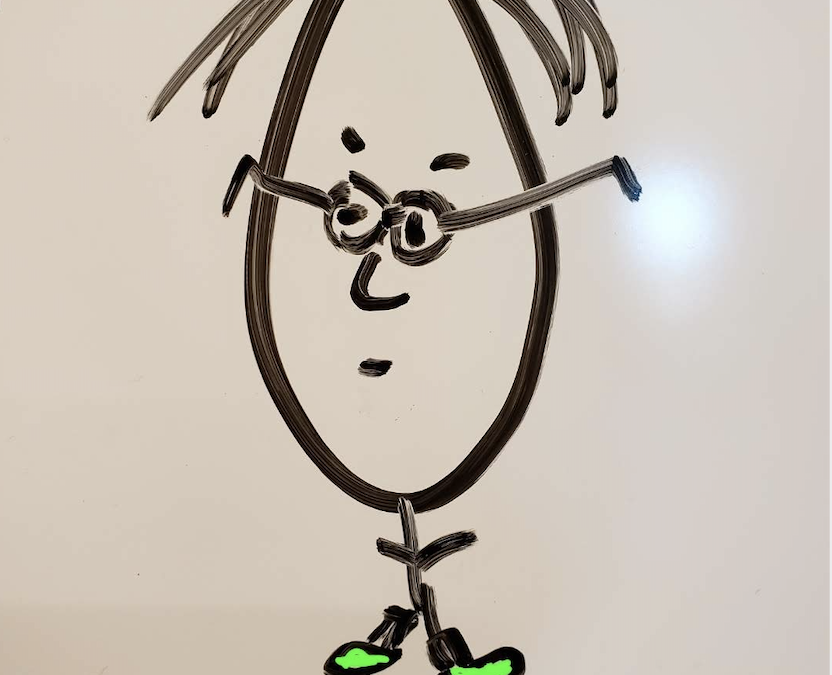When I was a young music major, no one ever really told me that I wasn’t allowed to listen to other kinds of music, but being a “classical” player, I thought my listening was now restricted to works within the canon.
During my first year in college, I raided my grandparents record collection and discovered the old Ella and Louis recordings with the Oscar Peterson trio (and sometimes quartet) backing them up. Around the same time, my theory teacher gave me a copy of the iconic album, “Getz and Gilberto.” I wore those albums out, and decided I wanted to learn to be a jazz pianist.
The first thing I needed was a copy of “The Real Book” which is the ironic title of the book of standards that jazz musicians played out of back then. The copies of it that I own now are copies I purchased in the late 90s. This is how it went down. A guy in sunglasses showed up at music departments in colleges. You paid him in cash. He wrote your name down on a legal pad. A few weeks later, your book came wrapped in a brown paper bag with no return address. You see, the Real Book violates all the copyright laws, so back then before the internet, getting a copy required some effort.
I got my first copy years before I had my current cache from the mysterious man in sunglasses. As a high school student, I heard a rumor that if you went into a certain music store when a certain person was working you could ask for a copy and that guy had a secret stash of books. I was never able to arrive at the store at the right time. I borrowed someone else’s book and took it to a couple mom and pop print shops until I found one that was willing to break copyright law and make me a duplicate.
So, I started playing out of the book and listening to jazz, but what I really needed was some help and instruction. I never got any. For years, I begged any jazz pianist I could find to teach me, and they all refused. I was even working. I was playing gigs as a jazz pianist, and I didn’t really know what I was doing because no one would teach me.
The big problem was that I had chops. I would go down to a jazz jam at a club and sit in for a set. I would ask the pianist afterward to teach me. The pianist would always say, “I don’t have anything to teach you about how to play the piano.” I would say, “I don’t need you to teach me how to play the piano. I need you to teach me about voicings and how to solo.” They would say, “No. You already play better than me.”
So, I did it myself. I found some books. I listened. I stole voicings from pianists around town. However, because I never had a true teacher, I was always a little insecure about my jazz chops. When I did my doctorate, I basically stopped playing jazz. I still listened a lot, but I didn’t gig out for about 5 years or so.
When I moved to Kansas City — an UNESCO designated jazz heritage city — I decided to turn my attention back to jazz. Recently, we made a recording for our concert series at St. Paul’s which was released on Tuesday. It features Sarah Tannehill Anderson who is a fabulous coloratura soprano who likes to sing standards. It also features Ben Harris on bass. It’s the first time, I think, that I’ve been really happy with my jazz playing.

Recent Comments